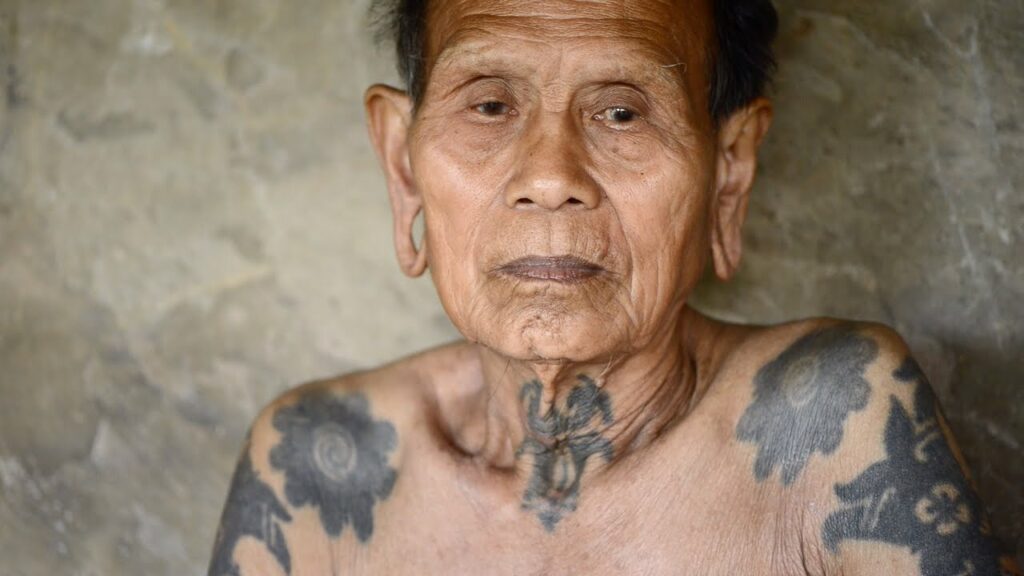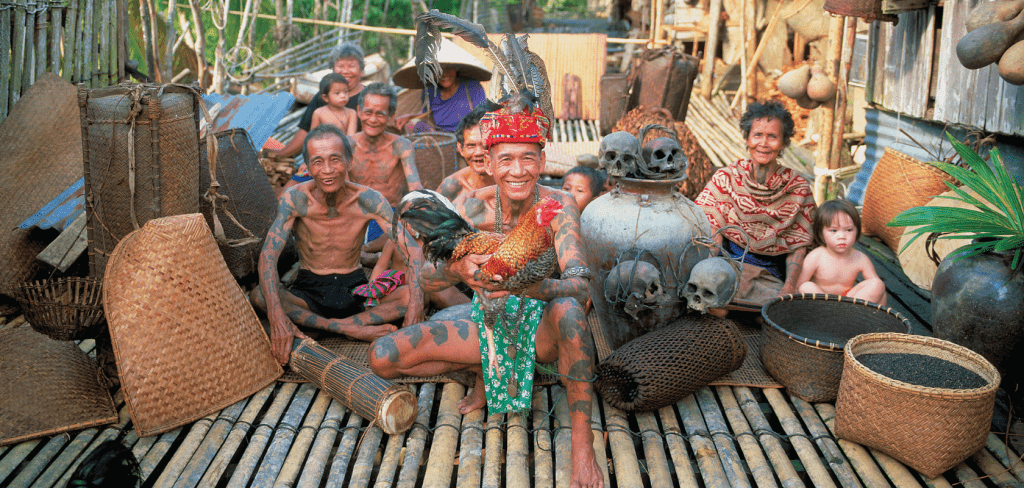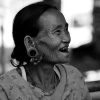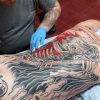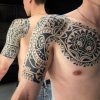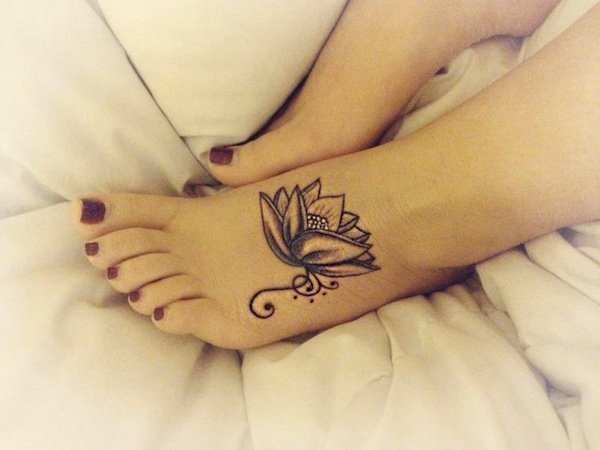In Borneo, Malaysia, the most feared tribe on the entire island were the Iban, who became known, thanks to the prejudiced colonizing eyes of an English anthropologist, as the ?headhunters? Charles Hose visited Borneo in the early 20th century and photographed several tribes of the island for his book, The Pagan Tribes of Borneo, published in 1912. Stating that the Iban were the only tribe that practiced headhunting as a kind of sport, to this day Hose's misconception causes many to seek out the natives in search of stories of cruel beheader warriors.
Modern historians argue that, in fact, the practice of beheading enemies began during the Iban tribal and territorial expansionism, when the excessive increase in population made them fight for land with other tribes and, consequently, invade spaces already occupied by smaller groups. Based on the belief that the soul inhabits the head, beheading the enemy would ensure the death of the spirit, which would then not remain attached to the body, wishing to take revenge on its murderers.
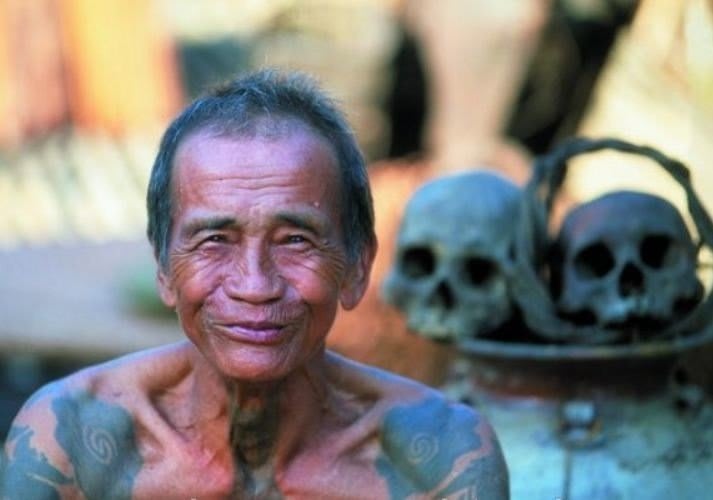
It is believed that the technique of cutting off heads was learned from the Malays (who to this day inhabit the Malay peninsula and the islands of Sumatra and Borneo), who, in turn, had learned this and other ?pirate arts? from the Arabs. In fact, tearing the heads off enemies is a very effective way of keeping other potential enemies away from your territory, thus avoiding invasions.
The hair from the severed heads was also used to decorate the shields and spears of the Iban warriors. The individual who brought his enemy's head to the tribe was considered brave and courageous, and his act was rewarded with tattoos on his hands and fingers ? unfortunately, there are no pictures of these specific tattoos; they consisted of different shapes of moving animals.
For the Iban, as well as all the native tribes of Borneo, tattoos are an important part of the culture. With globalization and modernization on a world scale, the younger generations on the island have been choosing not to get tattoos for fear of not getting good jobs. Even so, tattoos can still be seen on a large number of inhabitants all over the island ? except for the hand tattoos. Of all the tribes, the most tattooed are the Iban, who inherited their designs from the Kayan Kenyah and Bakatan tribes. A curiosity is that, for some tribes in Malaysia, the points between the index finger and the thumb are the tattoos given to the warriors they have killed. Any resemblance to the current tattoos made in prisons in Brazil and in Russia it may not be a mere coincidence!
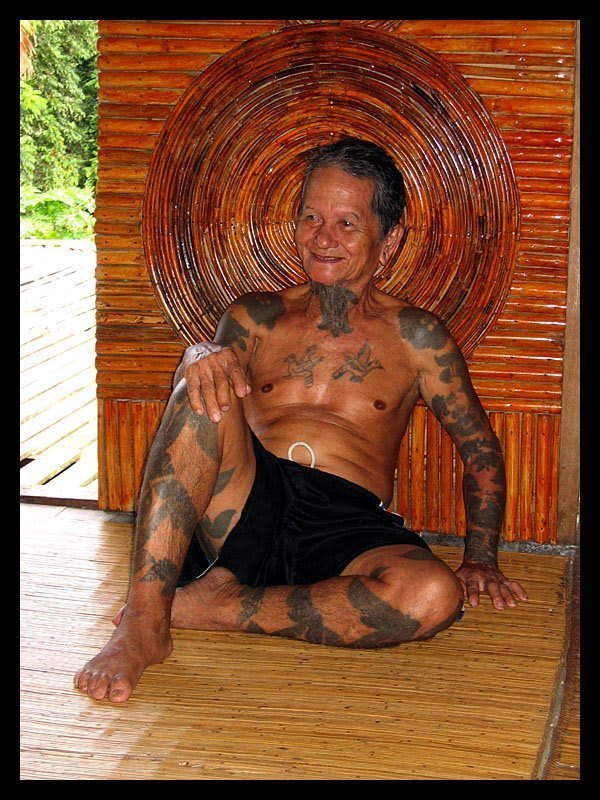
By interference from Western culture, more precisely by decision of the governors of the Sarawak and Kalimanjan States (which comprised Iban territories), headhunting was prohibited in the 100 years preceding World War II. Those who fought during the Great War then received the tattoos conferred on warriors, but they no longer practiced beheading and did not receive the tattoos on their hands.
As part of the ancient culture, receiving a tattoo is the result of a ritual linked to intense Iban spirituality. They believe that the animal, plant, or human powers represented in the designs, illustrated from forms found in nature, are incorporated into the subject as soon as his or her skin is marked. Getting a tattoo meant (and still means) not only a passage from one point in life to another, but a new beginning, or the start of a new story.
Most of the designs of the tribes of Borneo come from the Kayan, an ancient tribe that inhabited the interior of the island. The flowers or rosettes, for example, are found on virtually all of the older natives, who usually earned them after long journeys or major personal events. The Kayan technique of digging designs into blocks of wood that would be used as molds for stamping the skin also spread throughout the territory. Some tribes, like the Iban, copied the designs, others preferred to adapt the images, creating their own symbol.
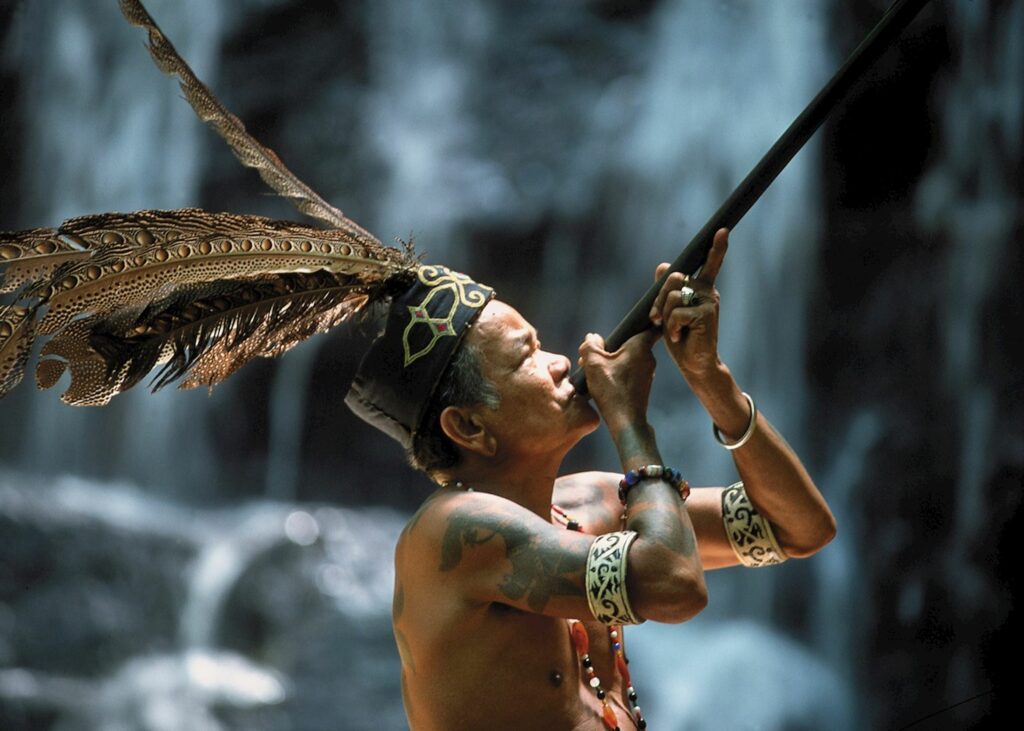
A traditional tattoo artist, before making a tattoohe had to consult the spirits for them to guide him in determining the design. After the consultation, a sacrifice (usually a bird like a chicken or a chicken) was made as an offering to the ancestors of the spirits that helped in the process. From then on, the tattoo could be started, through a very painful method that lasted from six to eight hours, and sometimes for weeks. The technique used is the same as the Polynesians (learn more about Moko here): with a needle (made from sharp animal teeth or very strong thorns) attached to a long handle, another piece of wood is used to hit the head of the first, making a continuous movement to apply the pigment.
The ?ink? is obtained from soot or charcoal powder, elements that are considered to protect against the influence of evil spirits. To make the tattoo more powerful, some artists also added powdered bones from animals mixed with the earth.
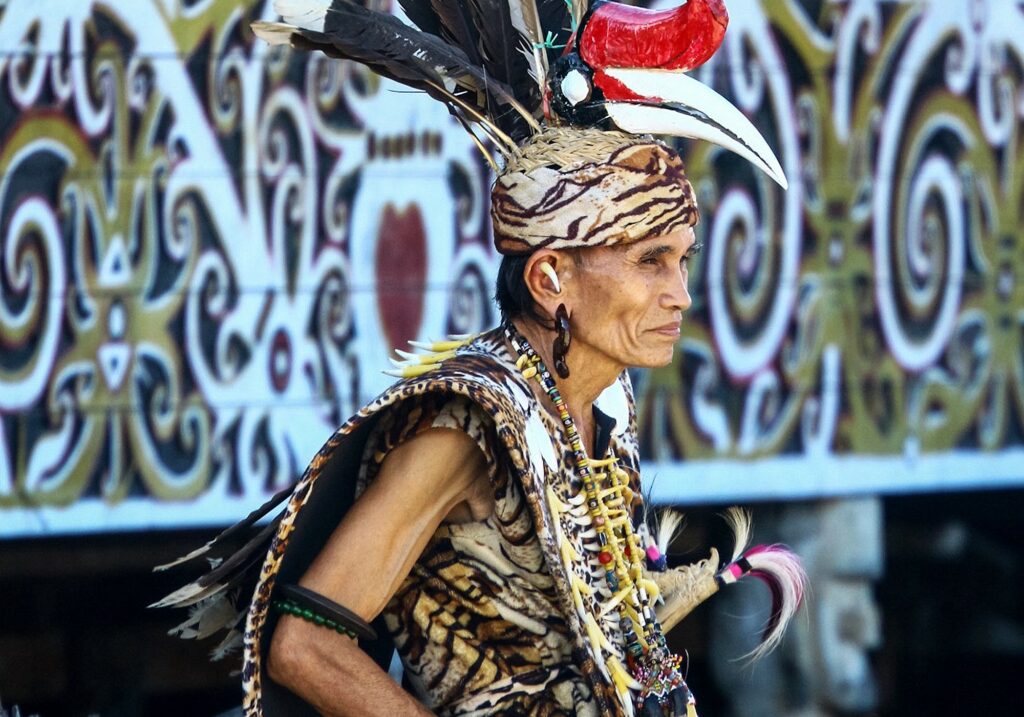
The last Iban tattooist, Maung, who fought against the Japanese in World War II, used to tell visitors about the magic in his tattoos, because his spirit protector had guided him to a meteorite in the middle of the forest, which Maung used as the ingredient for his pigment in all his tattoos. He died in 2002, according to photographer and researcher Lars Krutak, just a few hours after the photo below was taken.
The most common designs among the Iban are made on the throat and wrists; they would prevent the soul from escaping the body. Dogs, scorpions and rosettes were made after long journeys or on the occasion of encounters with other tribes.
